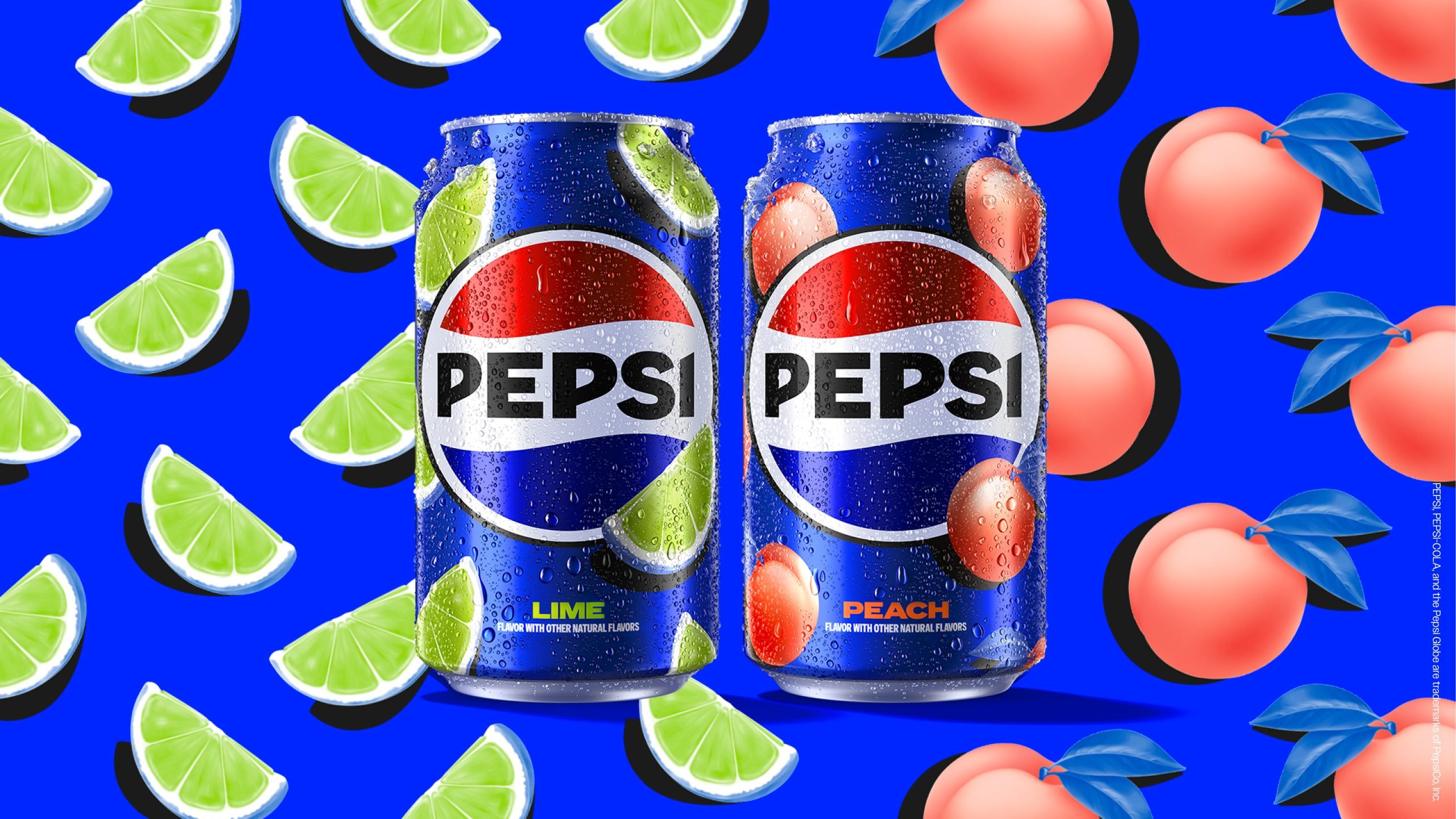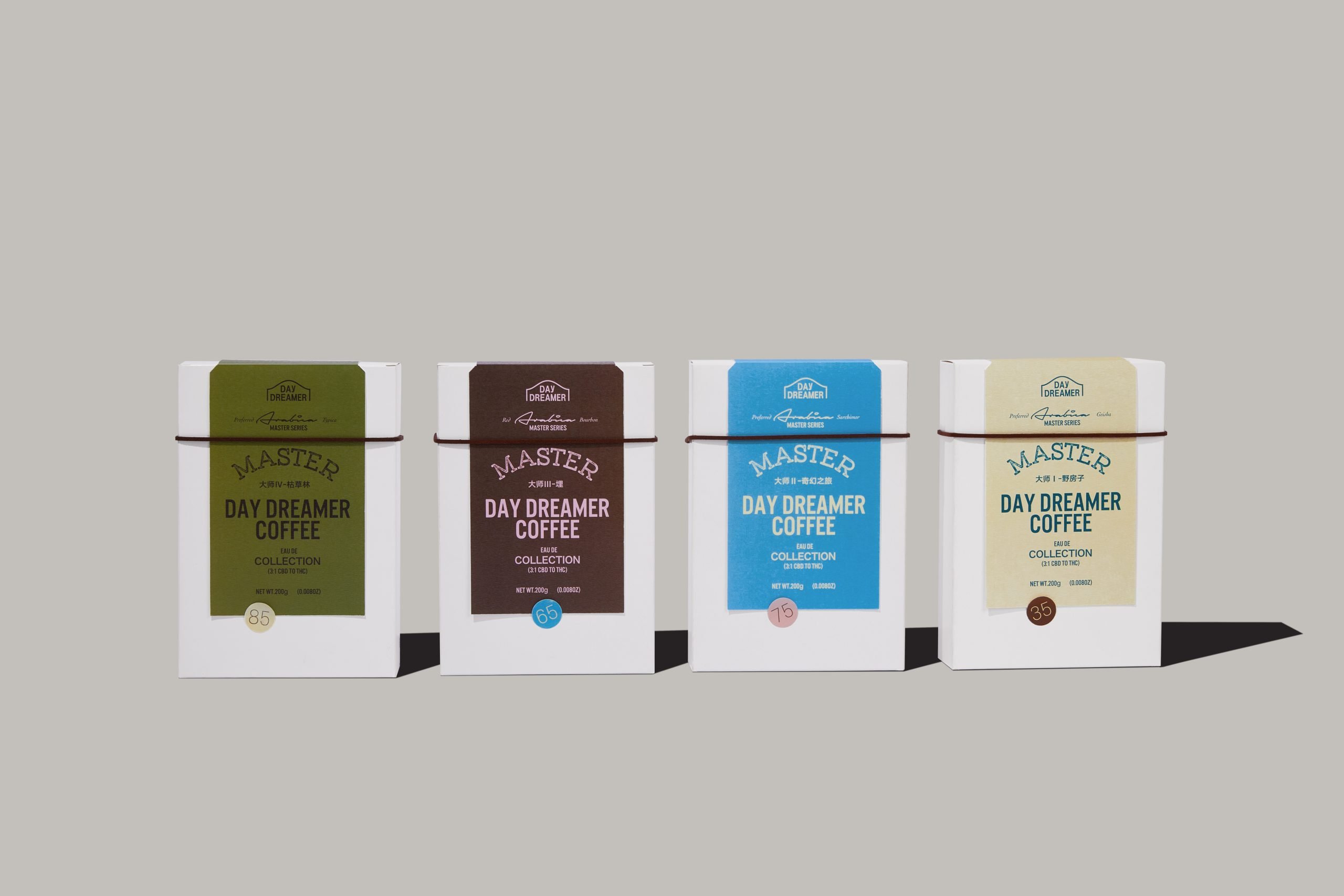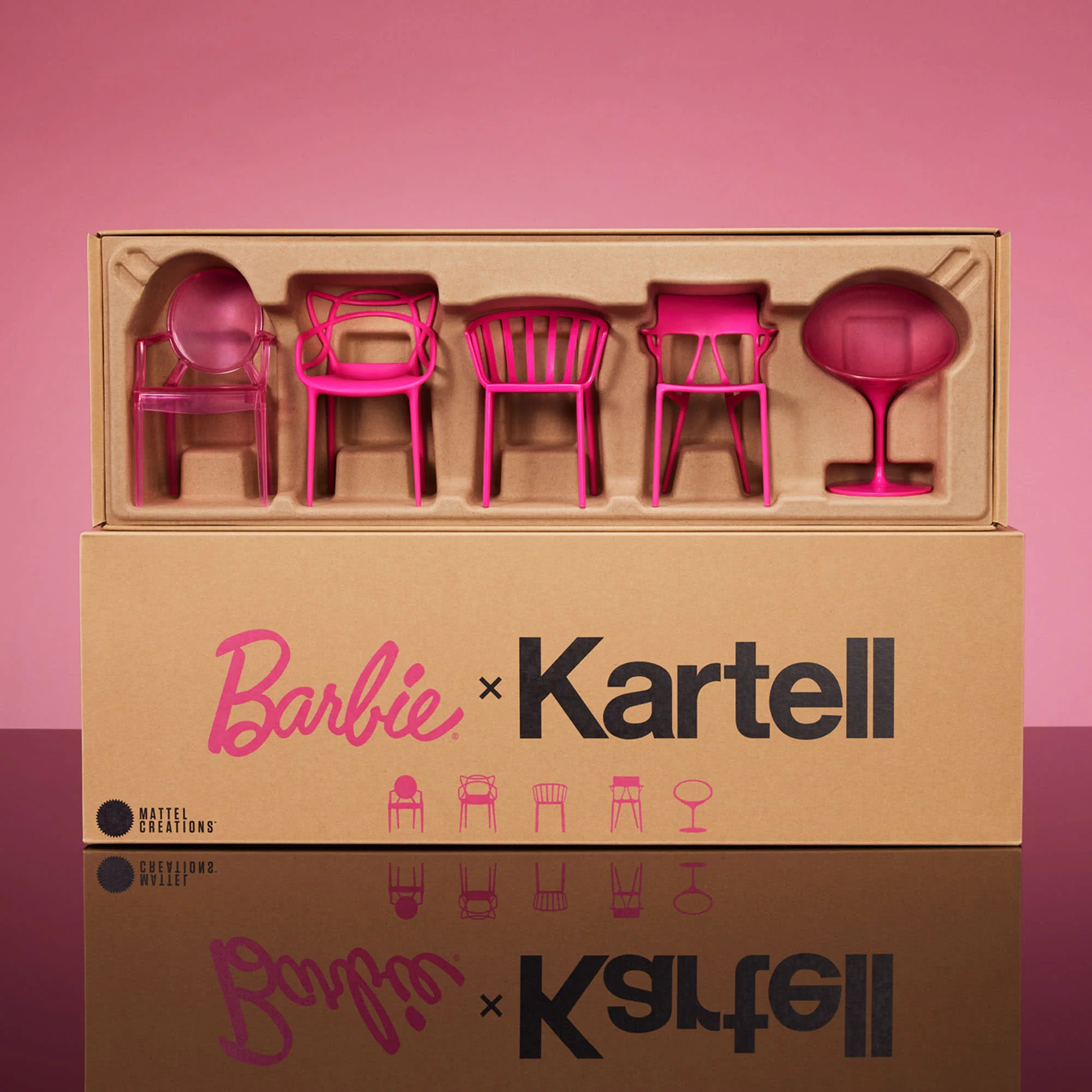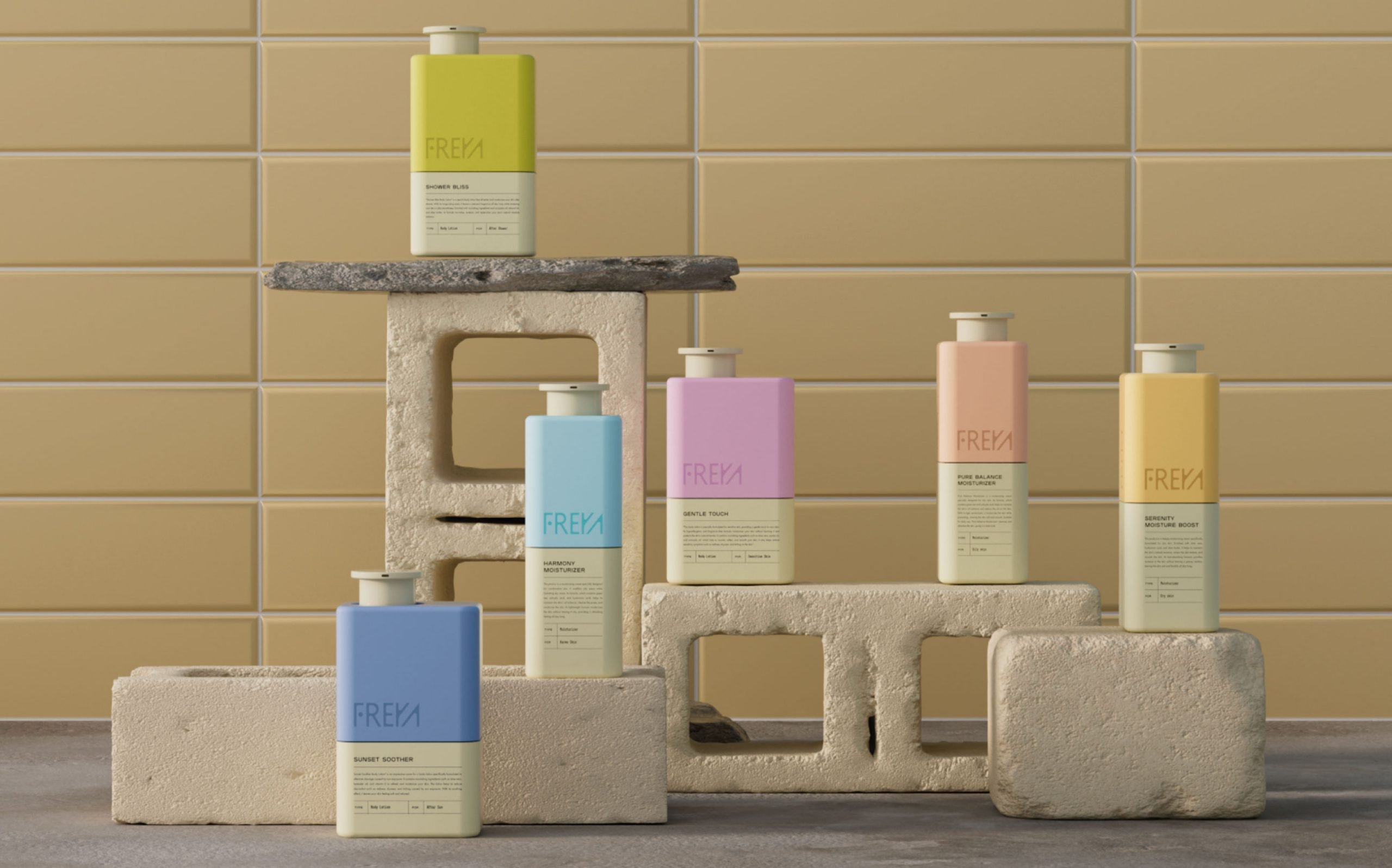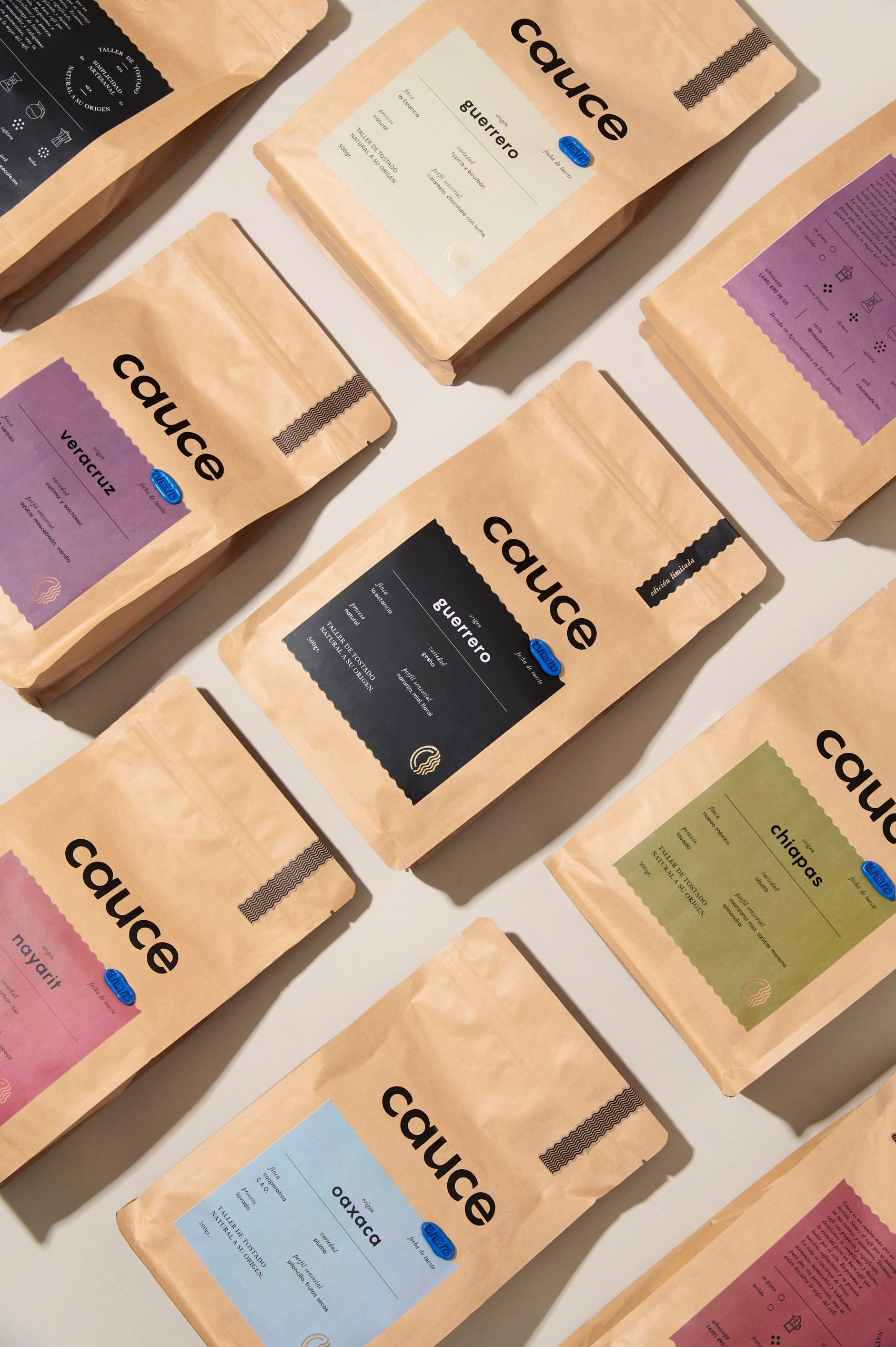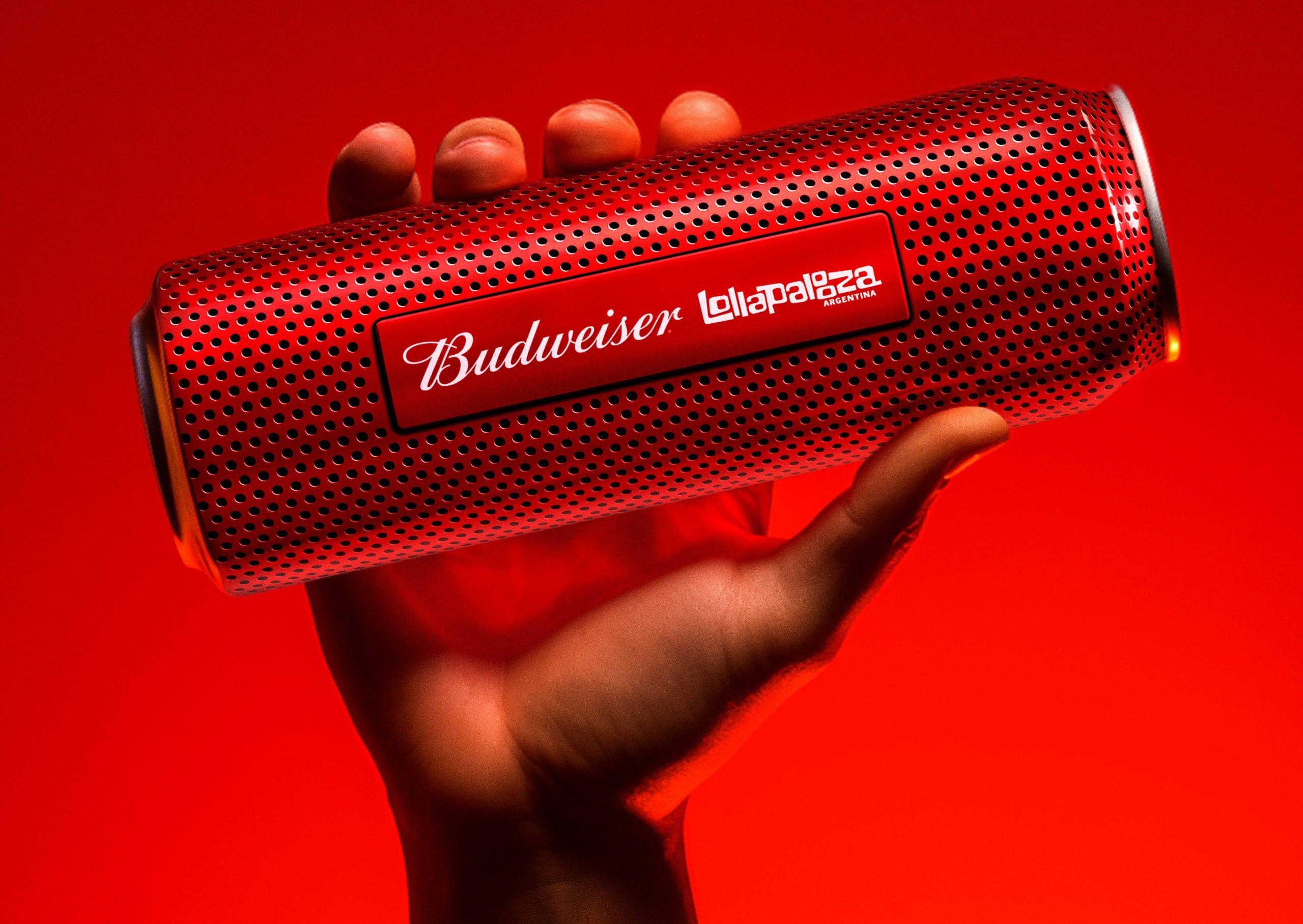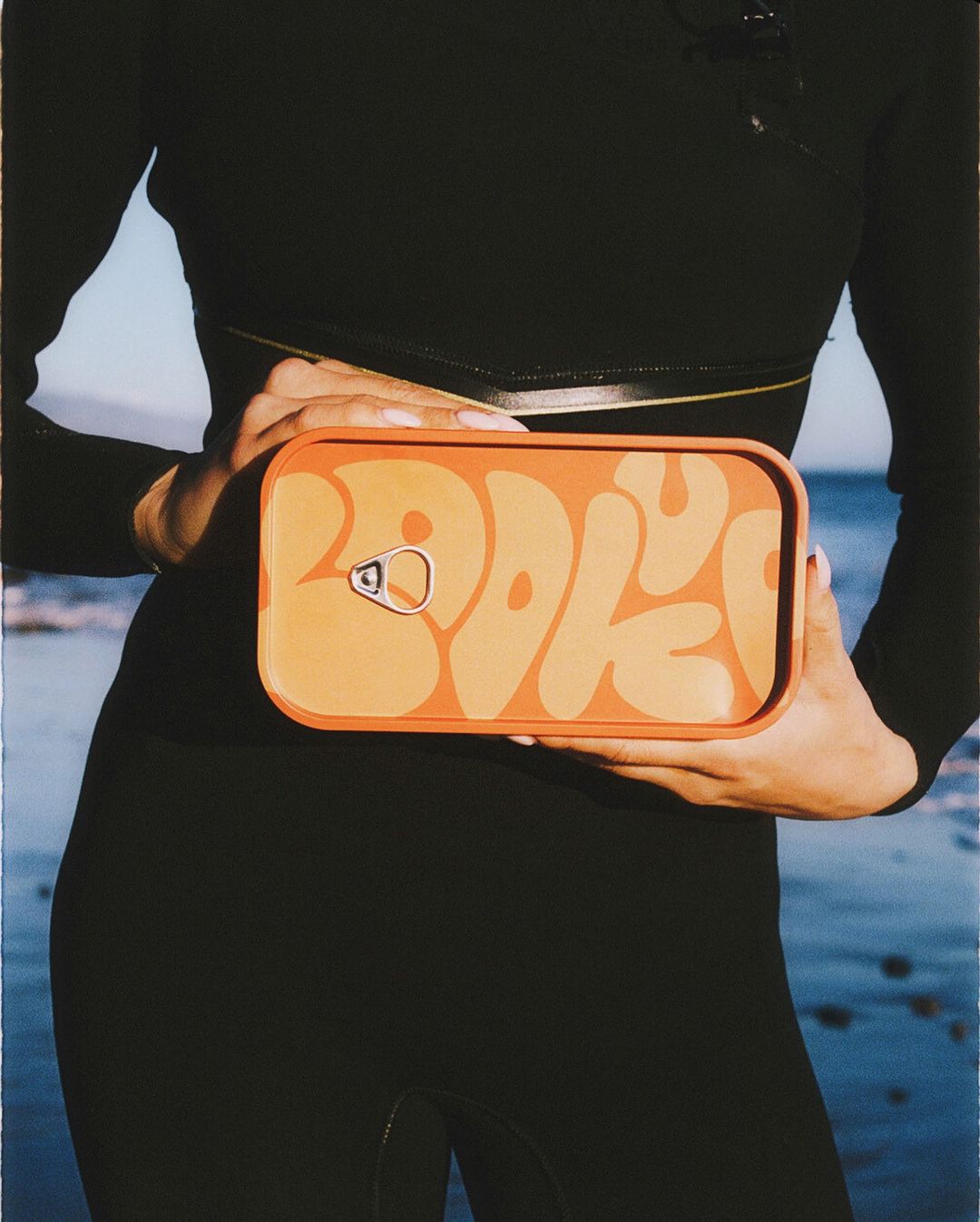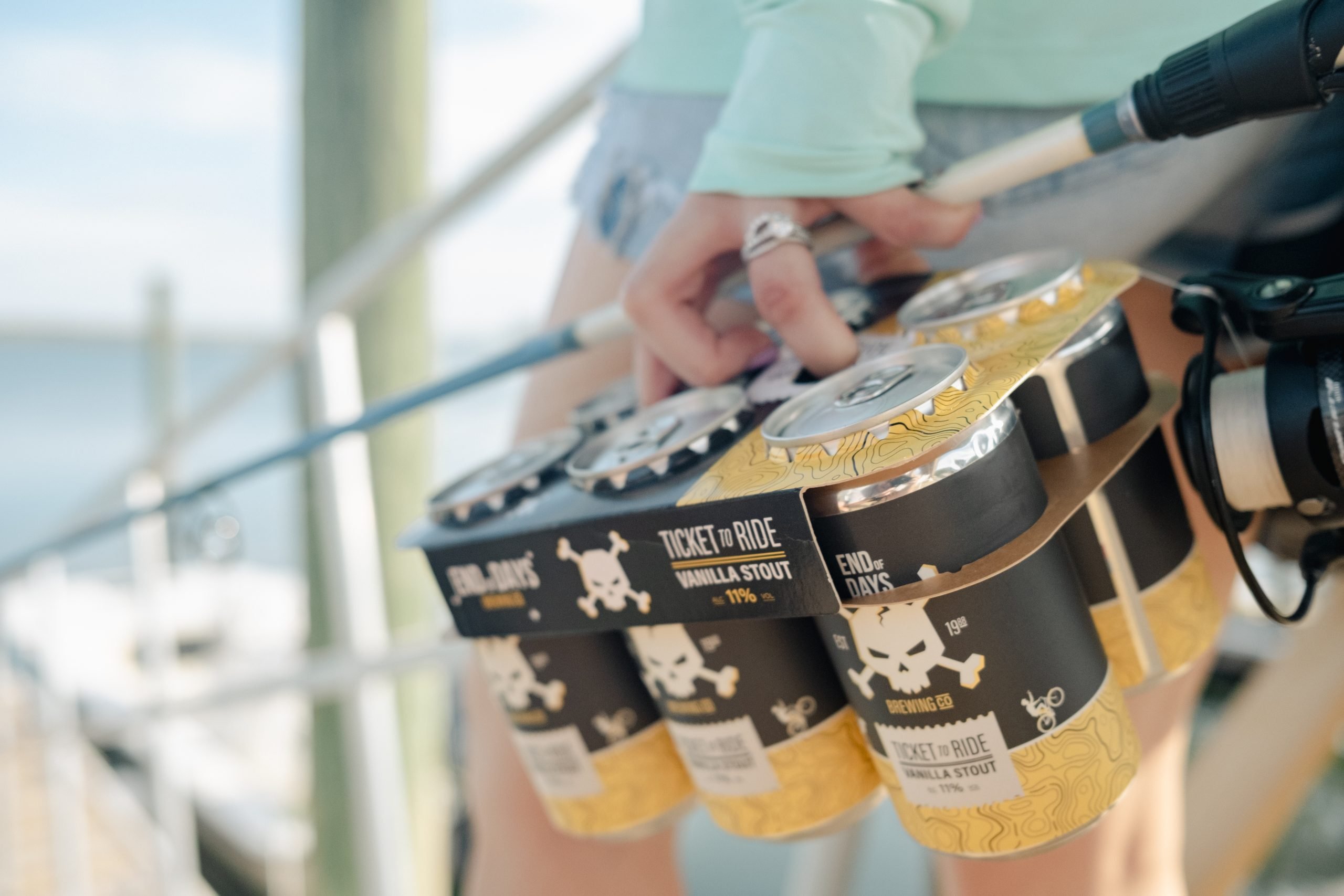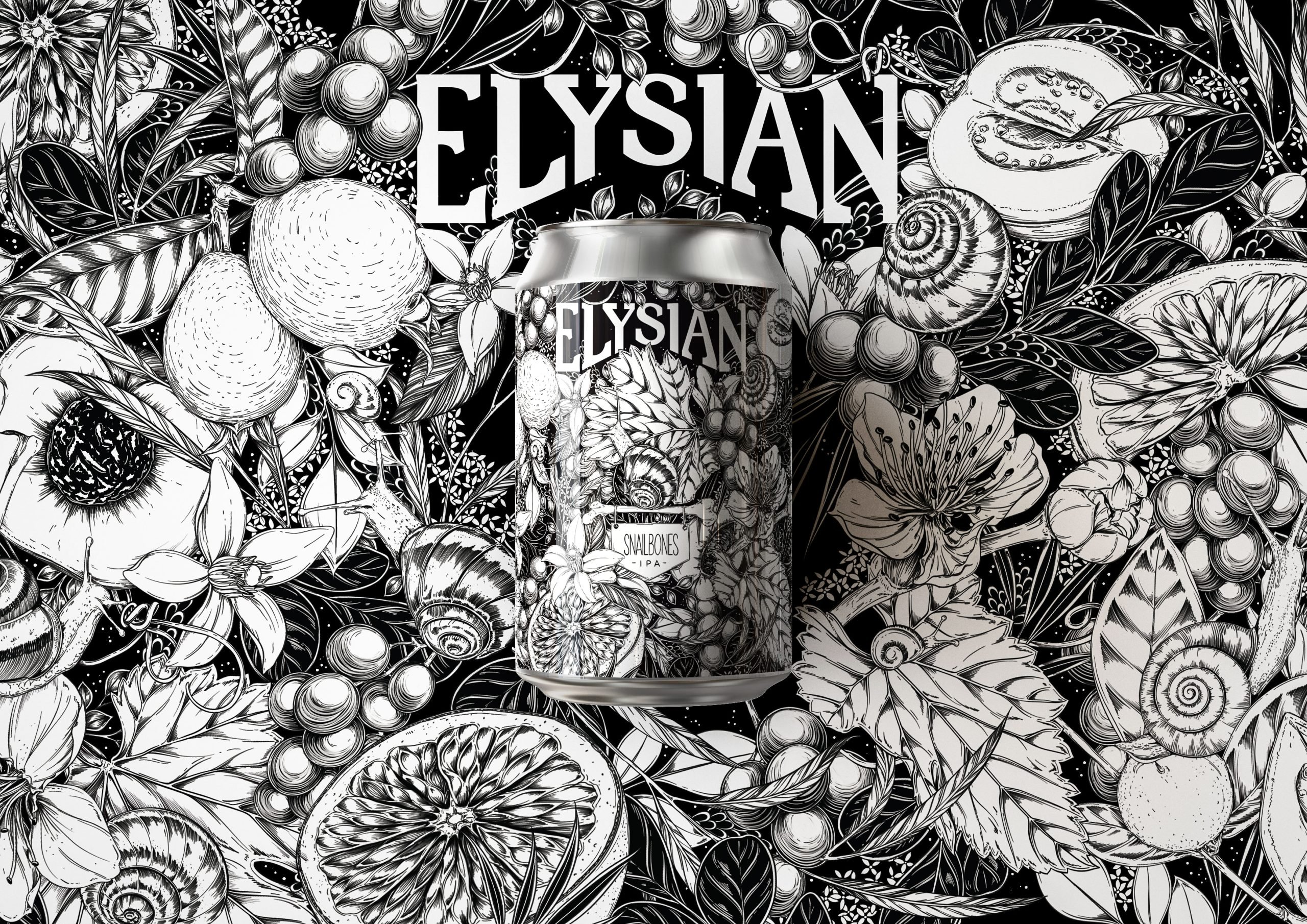Now in its second year, Dieline Awards gives out the Plastic-Free Innovation Award to the best packaging project that utilizes plastic-free materials. Already, itâs one of the prizes we most look forward to as we not only honor technological achievement, but it gives us a chance to see how designers and agencies employ new or already existing materials.
The award is given out in conjunction with non-profit A Plastic Planet (APP), an advocacy group that seeks to reduce the amount of plastic we use, particularly when it comes to packaging. Co-founded by Sian Sutherland, APP, along with Dieline, wanted to honor the projects that can fundamentally transform our relationship with the packaging we come into contact with, offering solutions for products we use on a day-to-day basis.
Last year’s top winner was Cove, a replacement for the common water bottle made from PHA, and the thread that emerges from all of our 2019 and 2020 winners is that you’ll find relatively simpleâyet beautifulâalternatives that offer the same function and properties as plastic. Because that’s what the award comes down to-finding replacements for some of the world’s most popular and persistent forms of plastic packaging.
